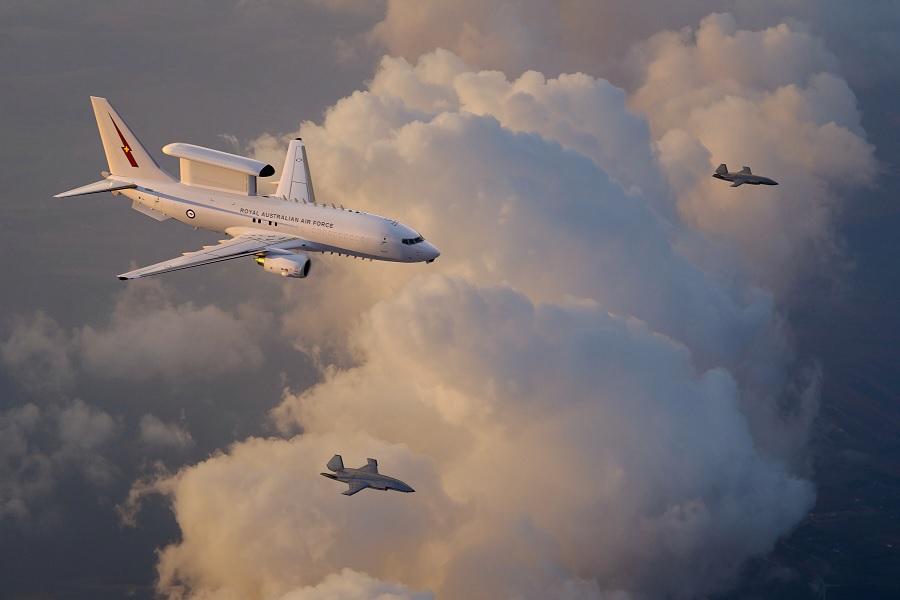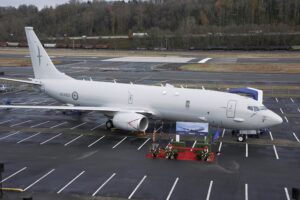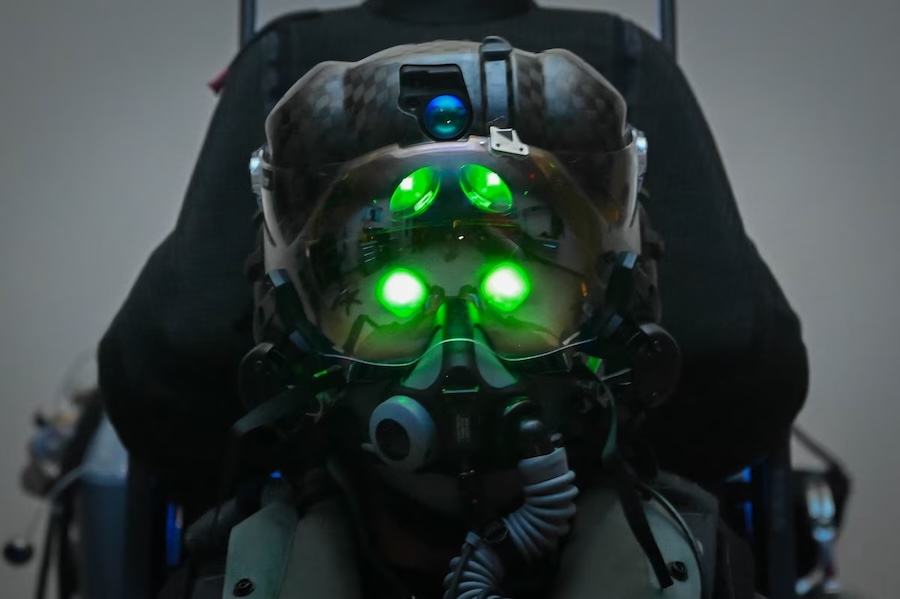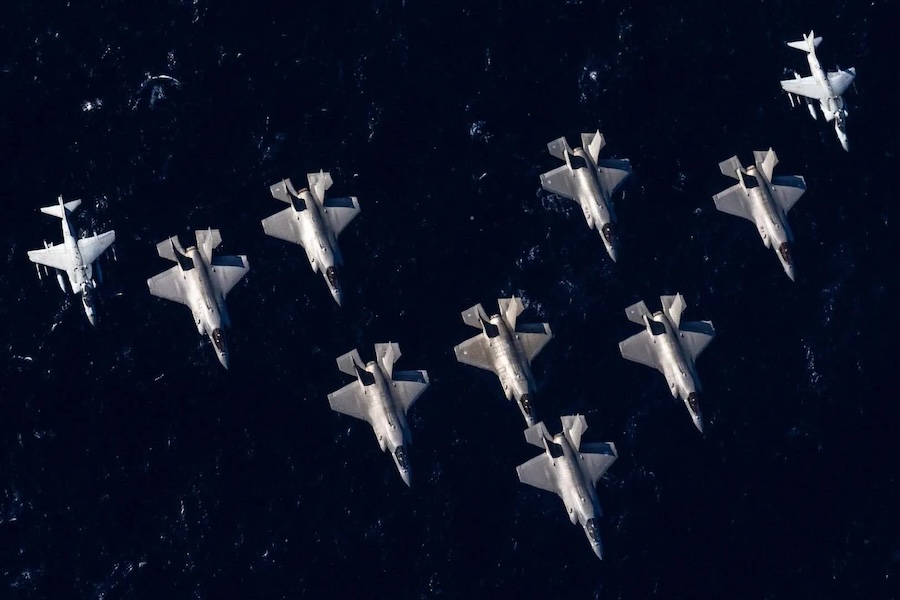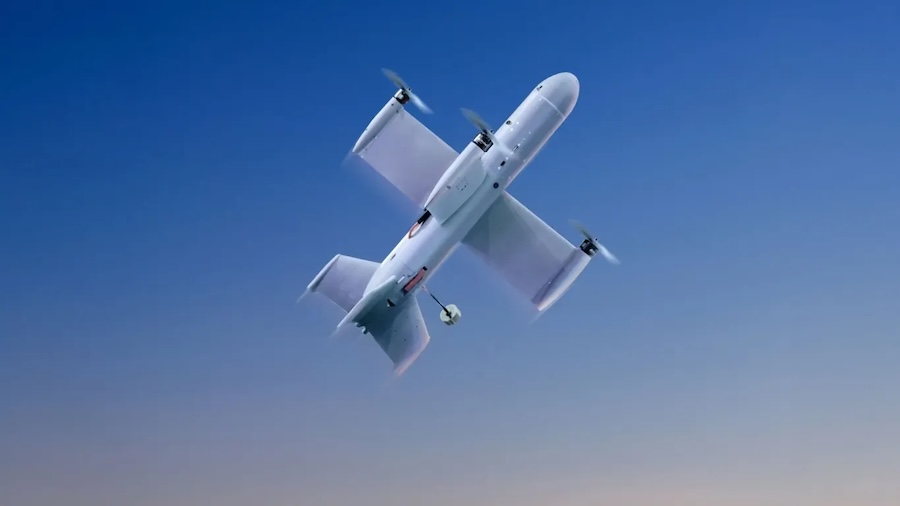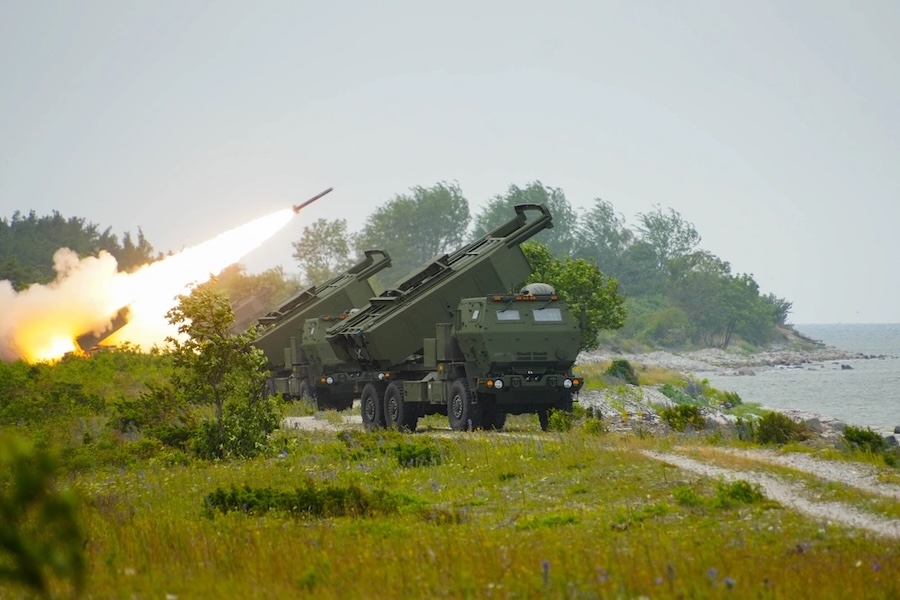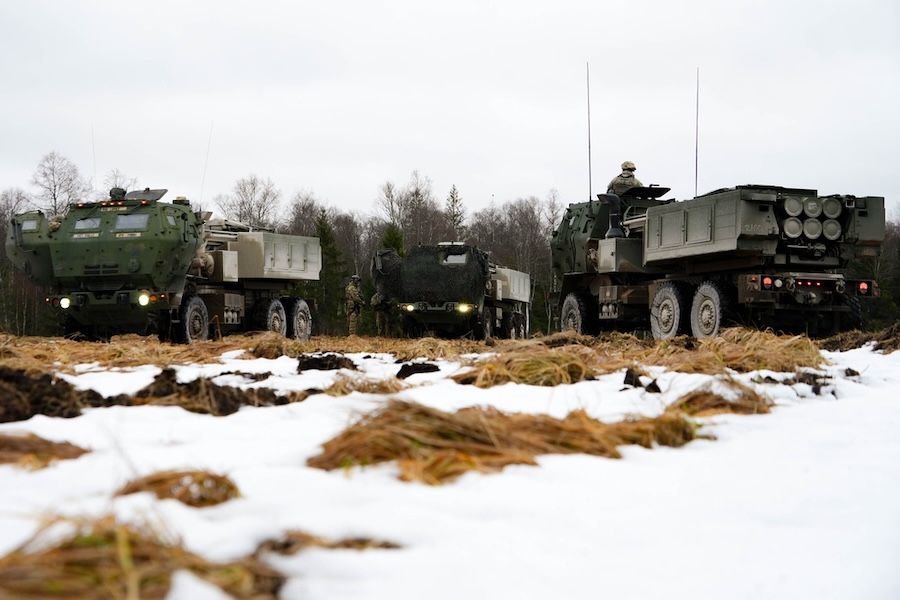“This trial demonstrates family-of-systems integration, the strength of our open systems architecture, and is a critical first step towards integrating mission partners’ software and communications systems natively into the E-7A Wedgetail,” said Glen Ferguson, director MQ-28 Global Programs. “It not only validated a key element of the MQ-28 concept of operations, but also how collaborative combat aircraft can expand and enhance the role of the E-7A to meet future force requirements.”
Ferguson added, “It is another tangible proof point of the maturity of our program.” The mission highlights the increasing importance of integrating advanced uncrewed systems within modern air defence strategies.
Australian Minister for Defence Industry, The Honourable Pat Conroy MP, acknowledged the significance of the achievement, stating, “The Ghost Bat has the potential to turn a single fighter jet into a fighting team, with advanced sensors that are like hundreds of eyes in the sky.” His remarks emphasise the capability of the MQ-28 to multiply operational effectiveness in future combat scenarios.
The mission software was developed collaboratively by Boeing Defence Australia, the Defence Science and Technology Group, and the U.S. Air Force Research Laboratories. “It has been an exceptional collaborative effort across organisations from government, contractors, and global partners,” said Adam Tsacoumangos, director of Air Dominance Programs for Boeing’s Phantom Works.
The trial is part of Capability Demonstration 2025 (CD25), a series of events scheduled throughout the year using RAAF assets. CD25 will showcase the MQ-28’s operational capabilities and its integration with crewed aircraft, including future collaborations with the F/A-18F and F-35.



